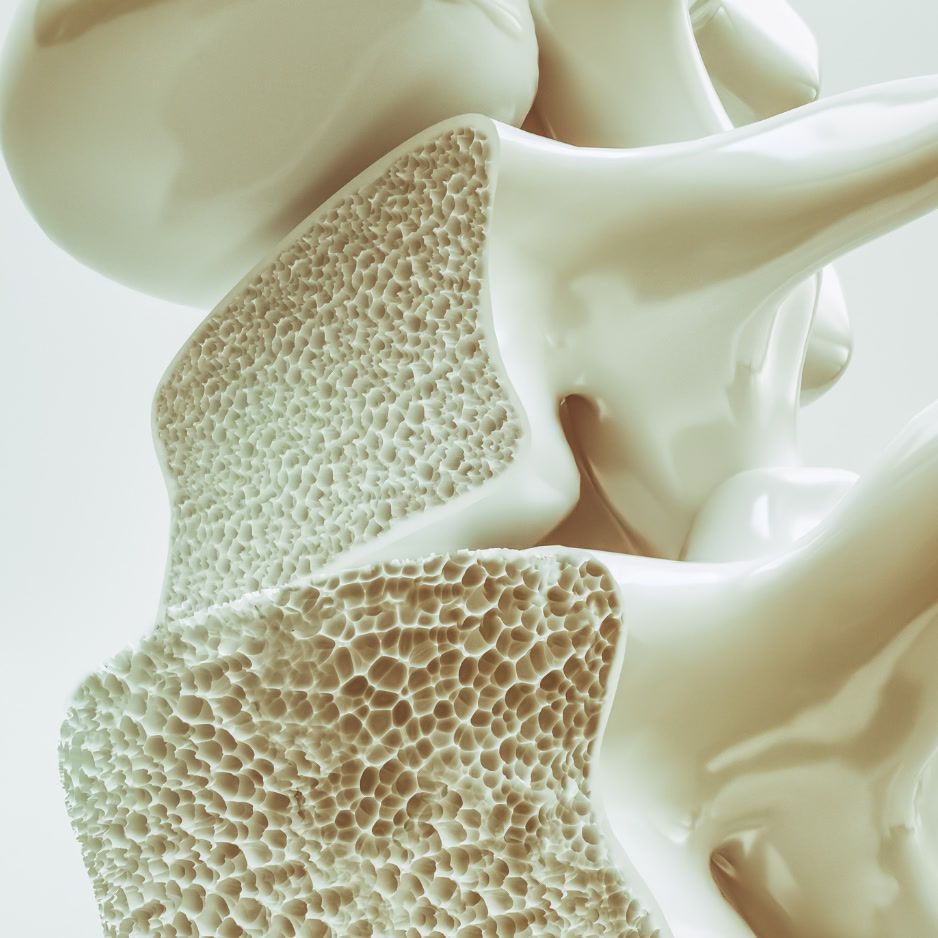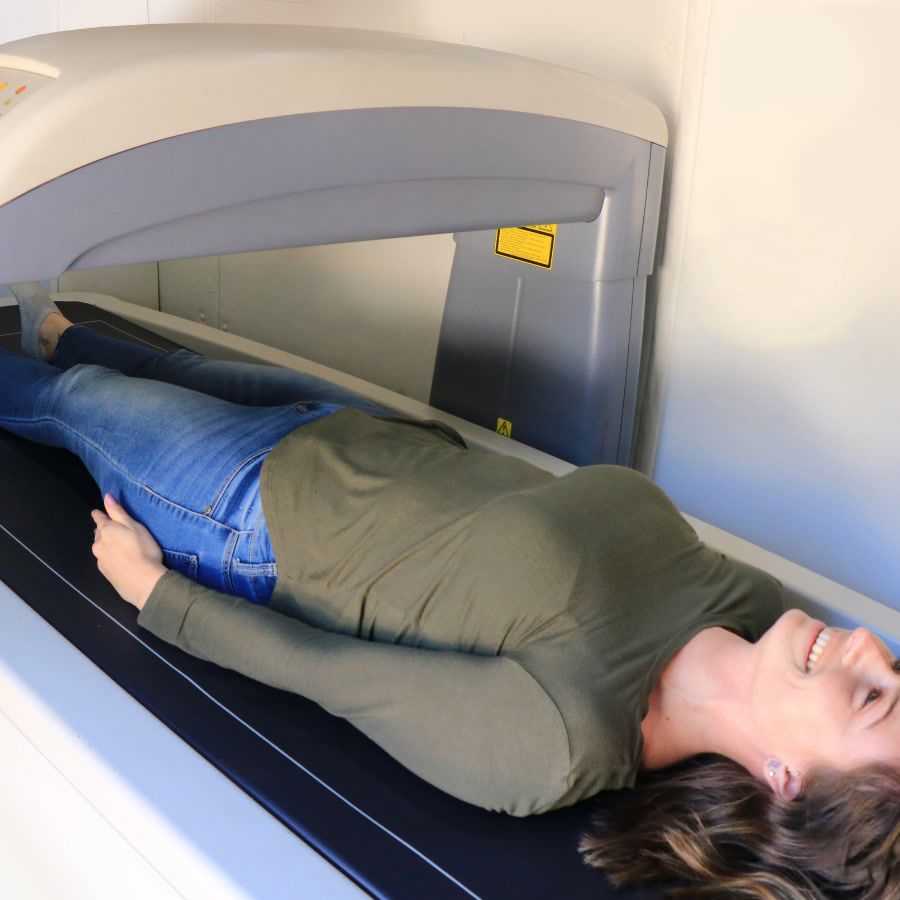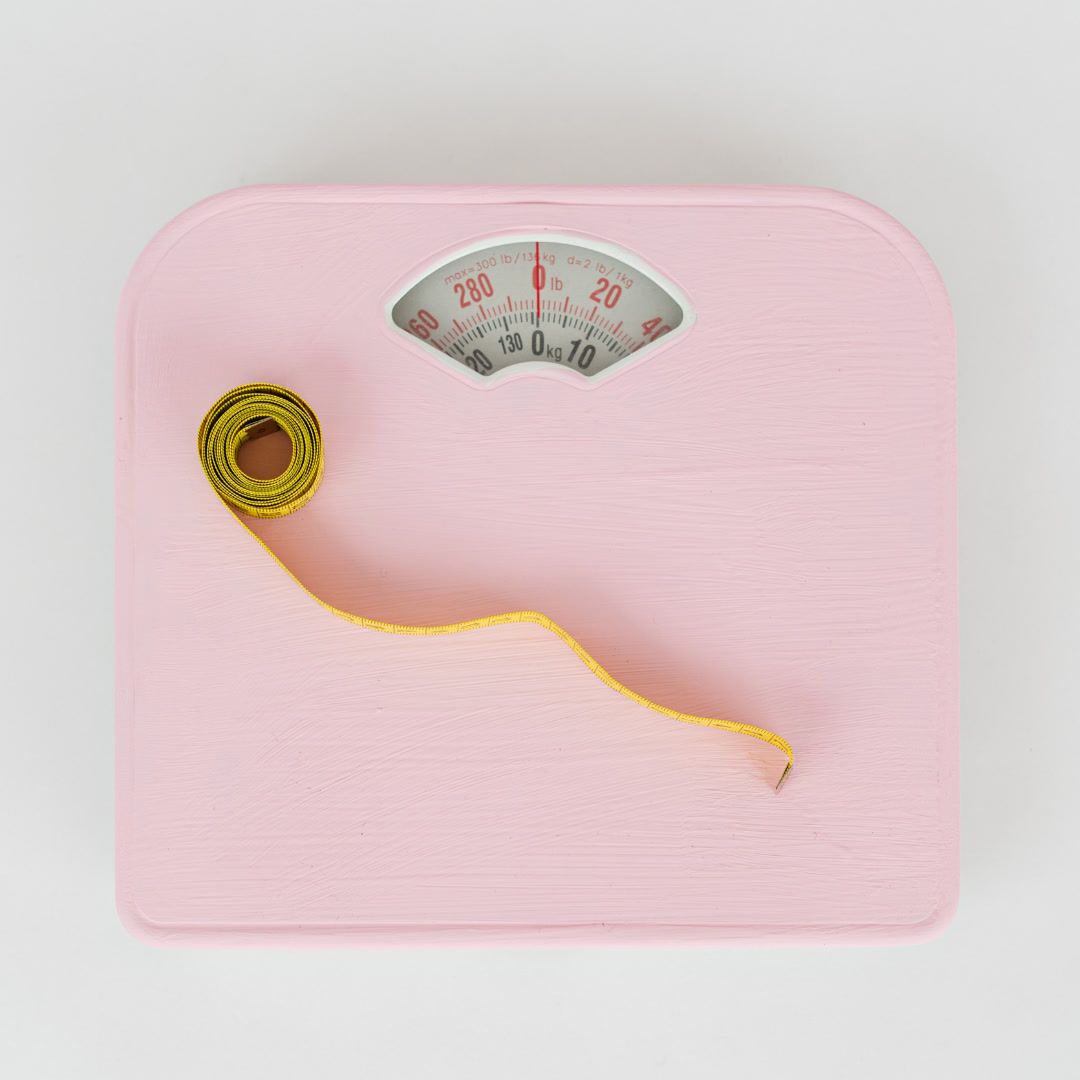Pedialyte vs. Sports Drinks: A Science-Backed Guide
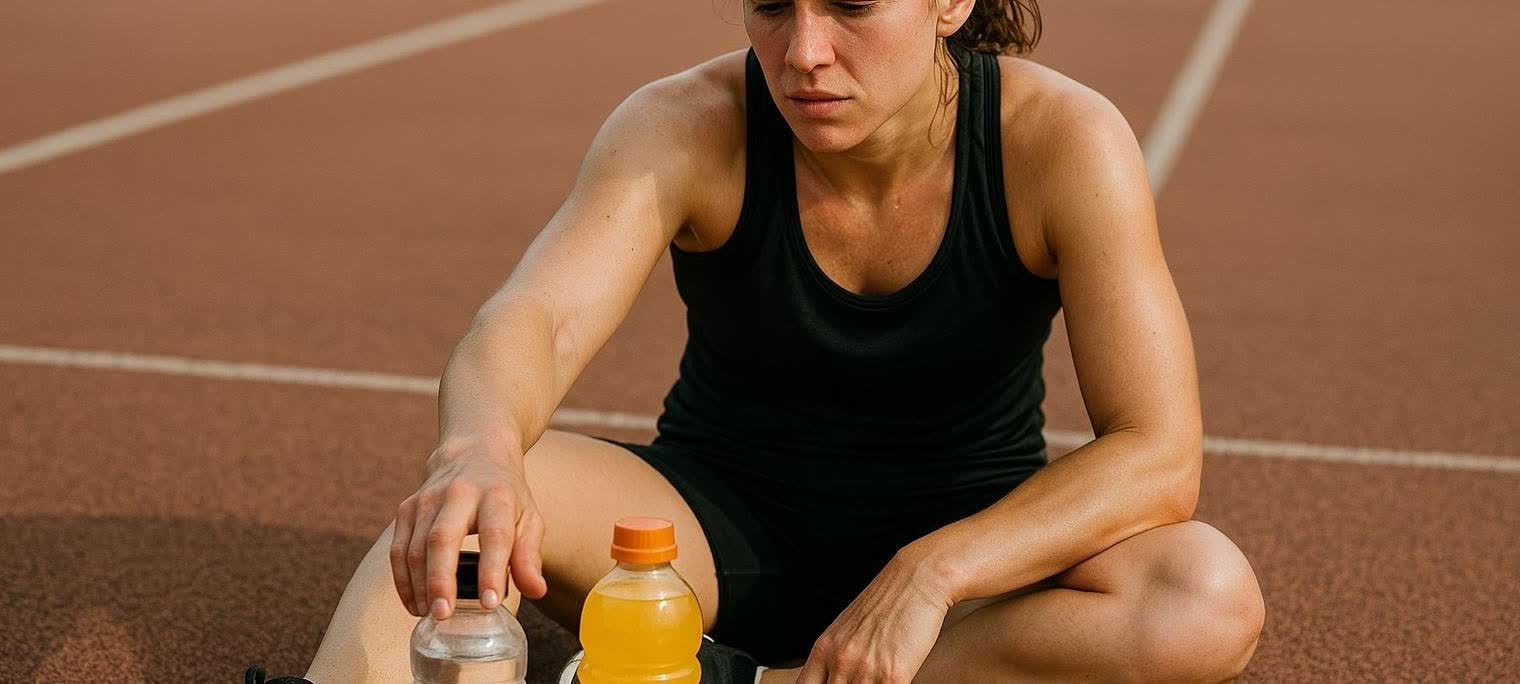
Pedialyte vs. Sports Drinks: A Science-Backed Guide
Pedialyte has gone from a pediatric staple to a go-to rehydration option for athletes and adults. But when is Pedialyte actually the better choice than a sports drink—or plain water? This friendly science explainer breaks down what Pedialyte is, how it works, when to use it, and how much to take for different situations.
Quick takeaway:
- Pedialyte is an oral rehydration solution (ORS) with a precise sodium + glucose ratio that speeds fluid absorption in the gut.
- It’s typically more effective than water and saltier with less sugar than most sports drinks.
- Best for dehydration from illness, heavy sweating, travel, and hangovers.
- Sports drinks are more suitable for fueling long workouts where carbohydrates are needed.
What is Pedialyte—and how is it different from a sports drink?
Pedialyte is an oral electrolyte solution engineered for rapid rehydration. It pairs sodium, chloride, potassium, and a modest dose of glucose to optimize absorption using a special channel in the gut that uses a small amount of sugar to pull sodium—and water—into the body more efficiently. The brand cites a science-backed formulation used since 1966 and notes that, compared with leading sports drinks, Pedialyte Classic has about 2× the sodium and roughly half the sugar per liter; Pedialyte Sport goes even higher in sodium and lower in sugar (Pedialyte Products).
- Pedialyte Classic per liter: approximately 1030 mg sodium; up to 25 g sugars.
- Leading sports drink per liter: approximately 460 mg sodium; approximately 58 g sugars.
- Pedialyte Sport per liter: approximately 1380 mg sodium; up to 14 g sugars.
Why the low sugar and higher sodium? High sugar concentrations can slow gastric emptying and worsen diarrhea, while adequate sodium is critical for drawing water back into circulation. Pedialyte’s facts page also emphasizes that sodas, juices, and many sports drinks tend to be too high in sugar and too low in sodium for rehydration during GI illness (Pedialyte Facts & Answers).
For clinical context, the World Health Organization (WHO) recommends reduced‑osmolarity ORS with roughly 75 mEq/L sodium and 75 mEq/L glucose (total osmolarity around 245 mOsm/kg) because it improves absorption and reduces the need for IV fluids in children with diarrhea compared with older formulas (Merck Manual).
Pedialyte vs. sports drinks: Which should you use?
| Factor | Pedialyte | Sports drink |
|---|---|---|
| Primary goal | Rapid rehydration and electrolyte replacement | Fluid + carbohydrate for energy during longer efforts |
| Typical sodium | Higher per liter (often 2× a leading sports drink) | Lower than ORS-style drinks |
| Typical sugar | Lower to aid absorption and reduce GI upset | Higher to provide fuel (6–8% carbs) |
| Best for… | Illness (vomiting/diarrhea), heavy sweating, heat, travel, hangovers | Endurance training/racing when you need carbs while you hydrate |
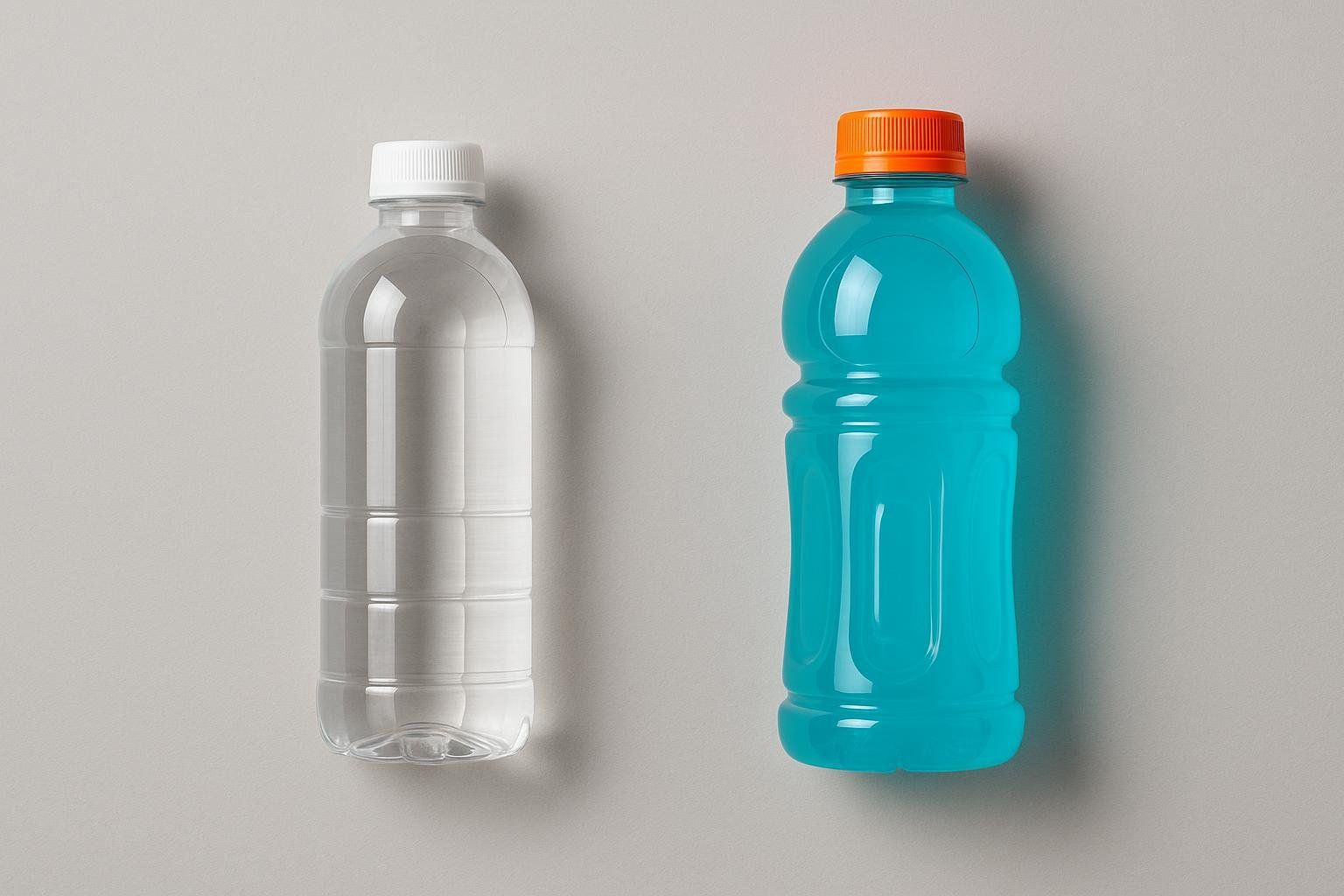
For a deeper dive on hydration physiology, see our explainer on the importance of electrolytes and our guide to hydration and performance.
When to use Pedialyte (by scenario)
- Stomach bugs (vomiting/diarrhea): ORS is the standard of care for mild to moderate dehydration when oral intake is possible. Reduced‑osmolarity ORS (like modern Pedialyte formulations) is linked to less vomiting, lower stool output, and fewer IVs compared to older formulas (Merck Manual).
- After heavy sweating (workouts, heat exposure): Higher sodium helps replace what’s lost in sweat and supports fluid retention, especially for salty sweaters. Pedialyte Sport is designed for athletic rehydration (Pedialyte Products).
- Travel and high‑altitude days: Dry air and activity can dehydrate you quickly; ORS can help you bounce back faster than water alone (according to the brand).
- For hangovers: Pedialyte won’t cure a hangover, but it may help address the dehydration component thanks to its ORS profile. Evidence for hangover symptom relief specifically is limited; focus on rehydration, light carbs, and rest.
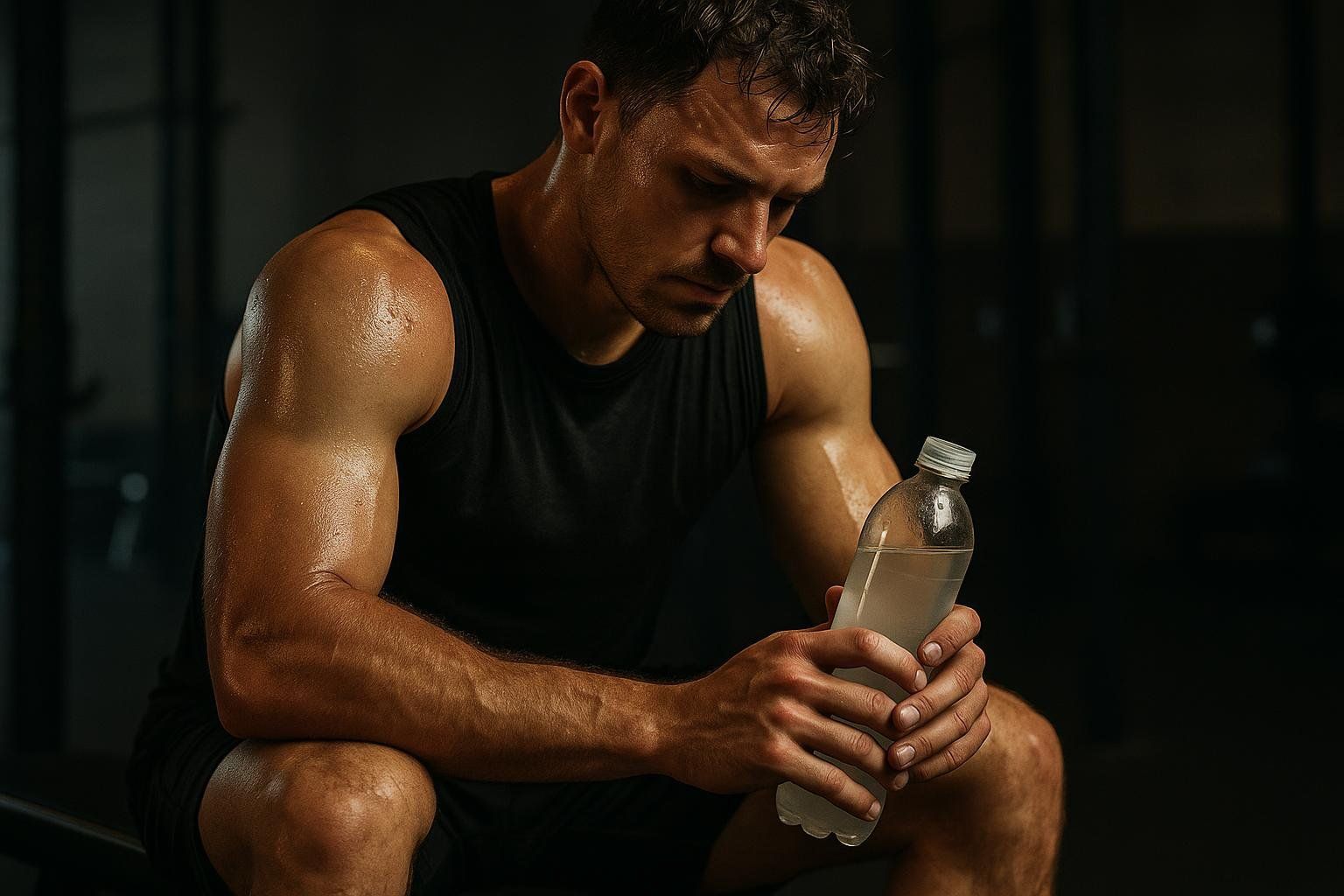
Want a rapid step‑by‑step plan? Try our hydrate fast guide.
How much Pedialyte should you drink?
Always follow product labels and your clinician’s advice. General, evidence‑aligned starting points:
- Children 1 year and older: Begin with small, frequent sips—about 1–2 tablespoons (15–30 mL) every 15–20 minutes, increasing as tolerated (per Pedialyte and Nationwide Children’s Hospital). If vomiting occurs, pause 30–60 minutes and restart with small sips (Nationwide Children’s Hospital).
- Infants under 1 year: Consult your pediatrician before use; babies are at higher risk of dehydration and may need tailored guidance (Pedialyte Facts & Answers).
- Adults: Sip based on thirst and the specific situation, such as during illness or post‑workout recovery. As a rough guide during illness, adults may target up to several liters per day in small, frequent amounts as tolerated; clinical ORS guidance emphasizes steady intake over chugging (CDC ORS instructions). For post‑workout rehydration, weigh‑in changes can guide you: each pound lost ≈ 16 oz (≈ 475 mL) of fluid to replace, ideally with sodium present; see endurance hydration strategies.
Signs to call your clinician promptly include persistent vomiting/diarrhea beyond 24 hours, signs of severe dehydration (no urination, very dark urine, lethargy, sunken eyes), or if intake needs exceed 2 liters/day in children per label guidance (per Pedialyte and Nationwide Children’s Hospital).

How to mix, store, and use Pedialyte safely
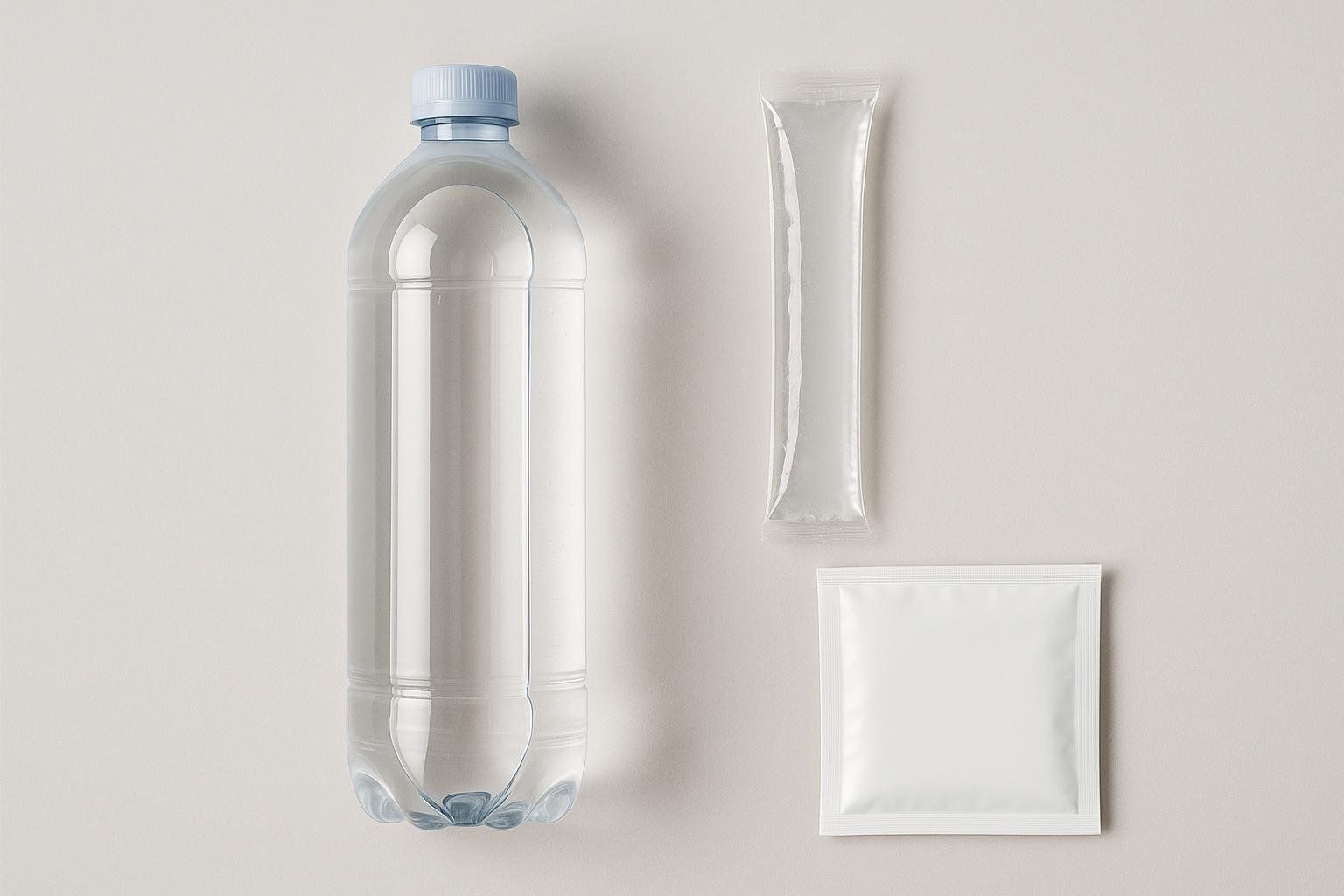
Pedialyte comes in ready‑to‑drink liters, half‑liters, electrolyte water, powders, and freezer pops. Follow labels exactly; altering the water ratio changes osmolality and can reduce effectiveness.
- Powder packs: Mix one packet with 8 fl oz (240 mL) of water—don’t dilute or mix with juice/soda unless a clinician advises it.
- Storage: Once opened or prepared, refrigerate and use within 48 hours to reduce contamination risk.
- Freezing: Only products designed for freezing (e.g., freezer pops) should be frozen; other formats are not intended to be frozen.
Most usage, storage, and mixing guidance is summarized on the brand’s resource page (Pedialyte Facts & Answers). Product options include Classic, AdvancedCare (with prebiotics), AdvancedCare Plus (33% more electrolytes), Immune Support, Sport, Organic, and zero‑sugar electrolyte waters—choose based on your use case and preferences (Pedialyte Products). People with diabetes can often use Pedialyte but should account for the carbohydrate content and consult their clinician as needed (Pedialyte Facts & Answers).
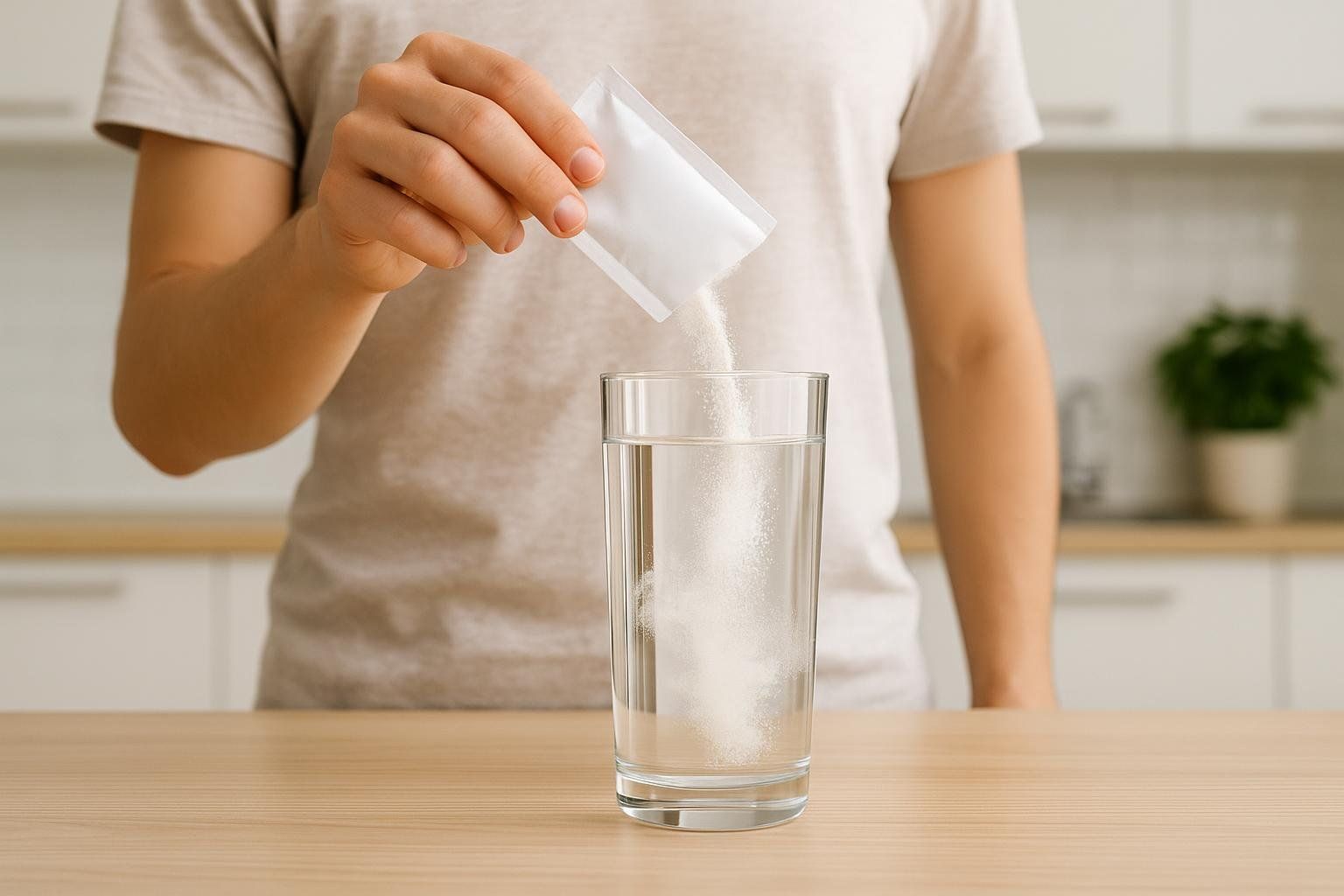
DIY alternative: A WHO‑style oral rehydration solution
A critical note on safety: Pre‑made ORS products are strongly preferred because they’re tested for precise electrolyte and glucose ratios.
- Use the homemade recipe only as a temporary fallback when commercial options aren’t available.
- Measure carefully for safety and effectiveness.

If you don’t have Pedialyte on hand, a simple at‑home ORS closely matches WHO recommendations:
- 1 liter clean water
- 6 level teaspoons sugar (about 25 g)
- 1/2 teaspoon table salt (about 2.5 g)
Stir until fully dissolved and use within 24 hours. This yields about 75 mEq/L sodium and 75 mmol/L glucose with a total osmolarity around 245 mOsm/L—very similar to modern ORS (WikEM – Reduced‑osmolarity ORS) (Merck Manual).
Turn hydration into measurable progress
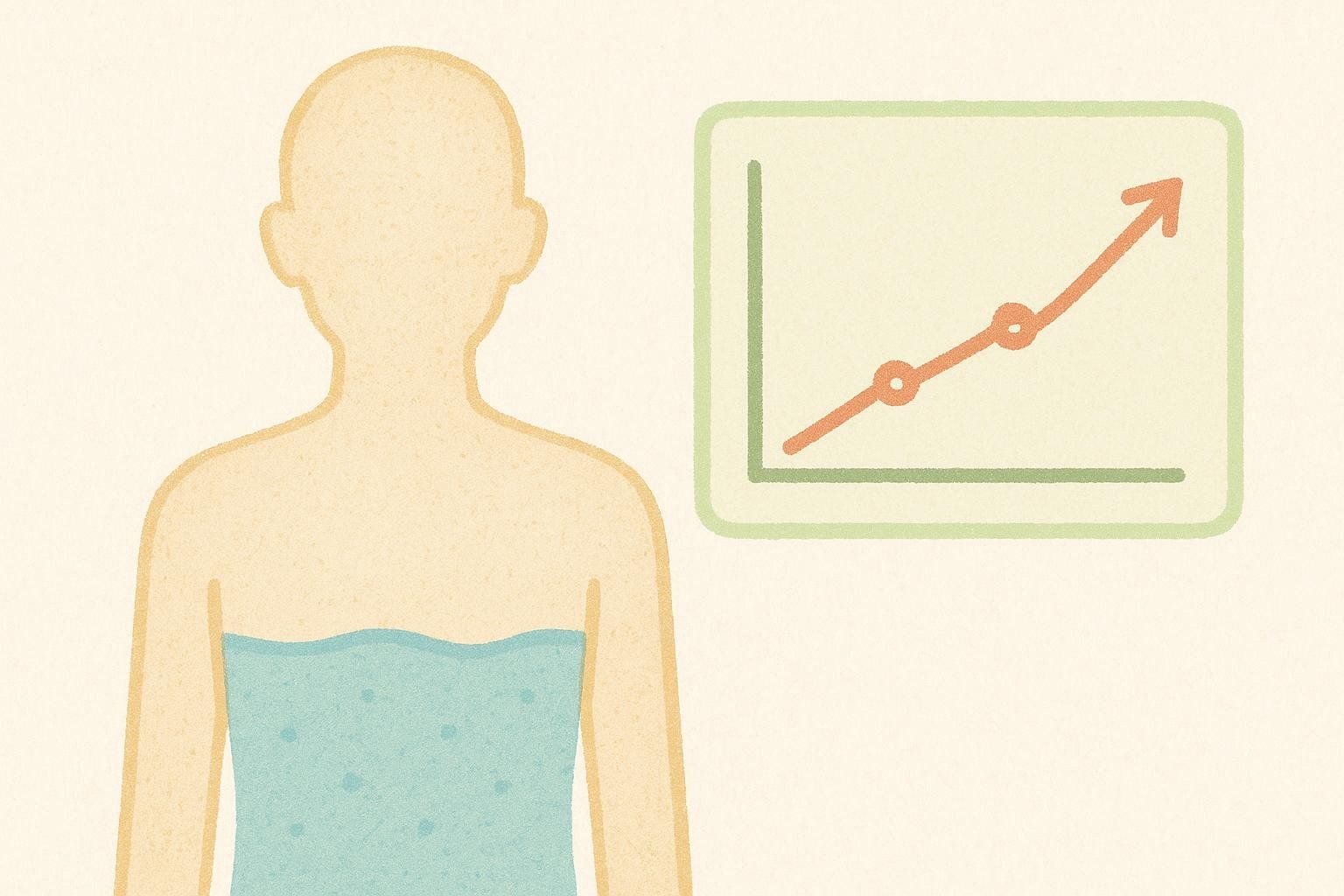
Hydration influences training quality, recovery, and everyday energy. If you want to see how your hydration habits fit into the bigger picture, a BodySpec DEXA scan shows changes in fat, lean mass, bone, and total body water over time and helps you track your progress.
